
Lima: spicy city
Lima is complex, difficult, spicy…“achorada,” as we Peruvians say. Everyone sees in it what they want and can. It’s up to you to understand it so you can enjoy it. Perhaps it’s because it’s my city, but I wouldn’t change it for any other. Don’t stay away. But come with a very open mind. And hungry, hungry for contrasts.
By Josefina Barrón
Photos: Sebastian González, Prolima y Getty Images
Looking skyward, while winter continues to press its dense gray blanket almost flush with the sidewalks, one anxiously seeks a brushstroke of luminosity in the “no sky” —or, as Humboldt baptized it, our anti-astronomical sky. We’re often heard to exclaim excitedly: “Look, it’s a little sunny today!” before the astonished gaze of a visitor, who, squinting hard, tries to capture on their retina the beam of light that only locals recognize. To the visitor it is but an elusive glow, a mirage perhaps, or the most sublime manifestation of our tenacious optimism.
And just as the people indigenous to our Amazon differentiate between the many shades of green in the boundless jungle, the people in Lima know how to read in the whitish, indistinct sky the subtlest hint of brilliance, and in the apparent monochrome of our desert we see violet, blue, vermilion, and gold. You should know that, in Lima, it neither rains nor shines. A constant drizzle dampens everything, trapping and displacing the dust that clings to trees, cars, facades…We break up the monotonous weather with little coffee breaks generally filled with good conversation. We’re good at that here. And at always seeing the glass half full, because Lima —let me tell you— usually provokes ambiguous feelings in those of us who live it daily. There’s a fine line between love and hate. But if we were in Switzerland, we would still miss our own version of the sublime, our local chocolate, which has been with us forever.
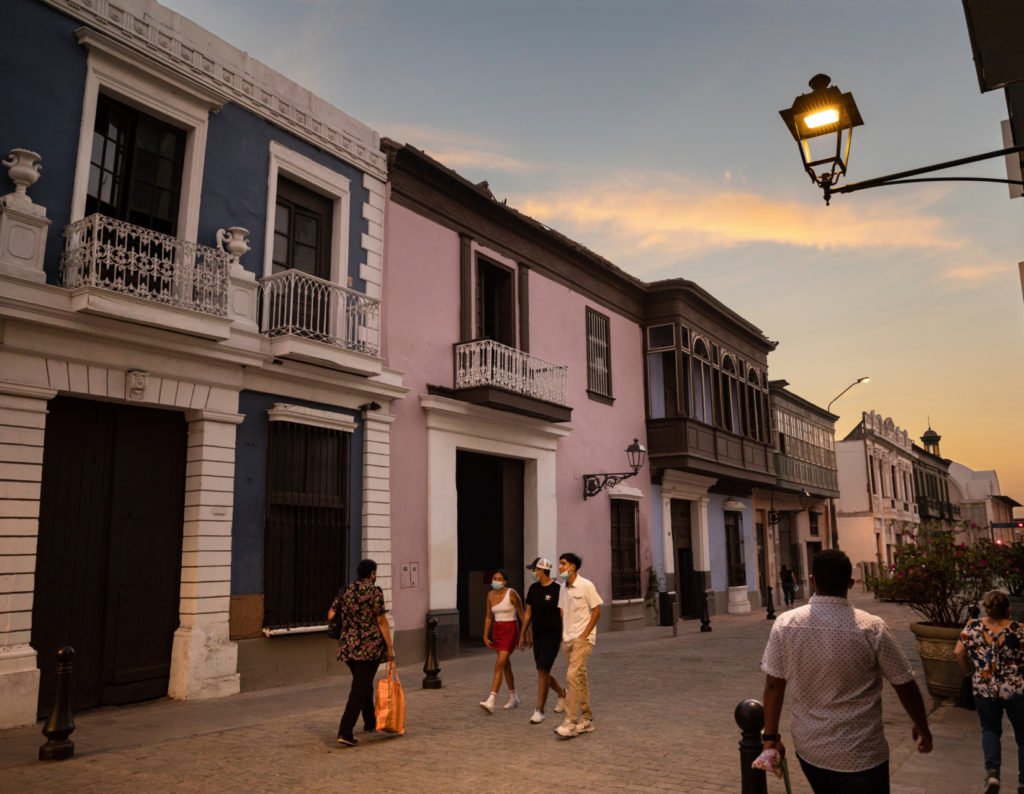
Foreigner, beware! This is the kingdom of rhinitis, the taste of a “chirimoya feliz” juice, human settlements with no drinking water, and elegant sea bass in black butter with capers. Be careful or you might be seduced by a “limeña coqueta” or a “picarón” in fig honey. And take even greater care in spring, when guitars are strummed more than at any other time of the year and Lima becomes “criolla,” delicious and happy. Doña Pepa’s “turrón” nougat is a concoction that dazzles many; “suspiro a la limeña” is an orgasm more than a dessert. The fervor inspired by the Lord of Miracles will lead the faithful, dressed in purple habits and hope, to walk from home to work in a tide of color and faith. Lima becomes Lima. Lima prepares for summer from the moment the first ray of sun appears. It feels like an epiphany.
Iron will and stoicism have characterized the people of Lima since the time of the first arrivals, who built the adobe pyramids still scattered throughout the capital. “Huacas,” as we call them, turn up in the most unexpected places: next to the neighborhood bodeguita, across the street from my house or Gianfranco’s cafe, these imposing pre-Hispanic temples rise up. What treasures they must house! Richly attired mummies still waiting to be discovered. Visit Mateo Salado, Pachacamac, and Pucllana —the restaurant that worked arduously, hand in hand with the Peruvian government, to restore and preserve an archaeological site— or Huallamarca, across the street from the house where I was born and where I had my first experiences with ancient cultures. Let yourself be amazed by the first layers of our past as you tour the Larco and the Amano, two of our most iconic museums, which contain Perú’s monumental pre-Hispanic legacy. And visit Lima’s impressive churches, the historic Rímac district, the Alameda, the Convento de los Descalzos, and our historic city center, where restoration is underway. You’ll understand why we’re so proud, and not only of our world-famous ceviche.
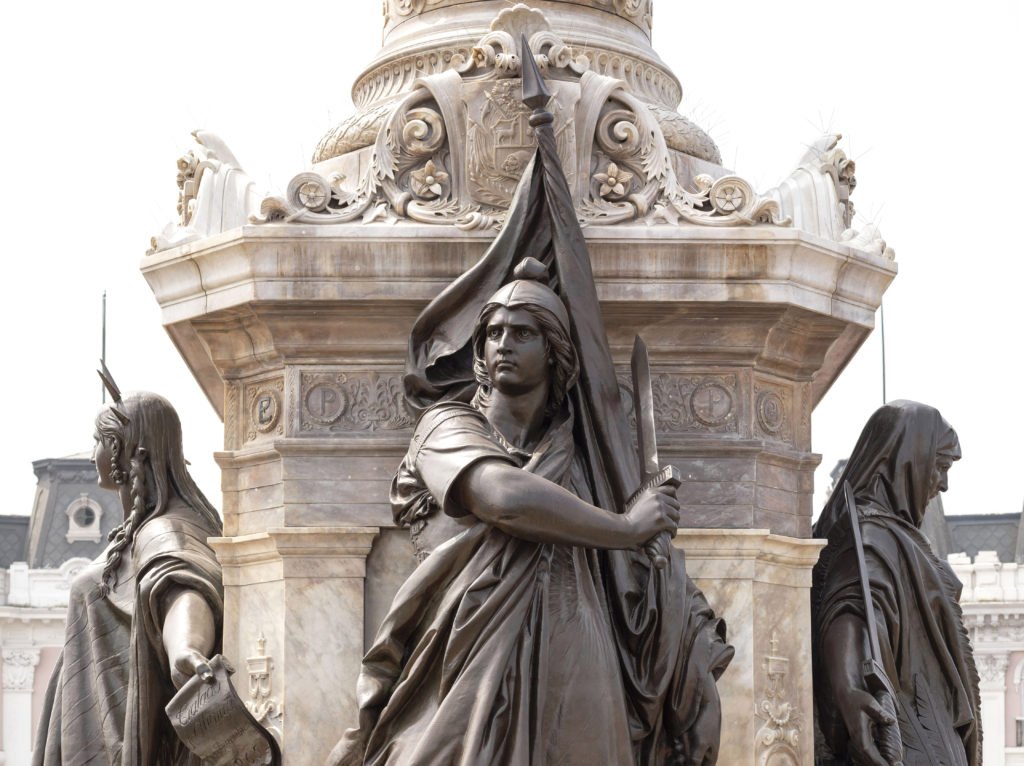
And, should you care to savor a delicious ceviche, there are thousands of places to choose from. I prefer a “huarique,” the humble-looking establishments where one feasts like the gods. Try Señor Cheff in Chorrillos. Start with the “TNT de conchas en abanico” (scallops). Perú’s oceans, dear traveler, are among the richest and most diverse in species in the world. The two currents that converge off our shores turn the Pacific Ocean into a miracle of life. That’s why the sushi here is not sushi, it’s Peruvian Nikkei. Even our ceviche was transformed by the Japanese immigrants who fell in love with our fish, sea urchins, octopus, and clams, among other seafood.
Eat fearlessly and raw. Everything is fresh and tastes glorious. Take a big bite of the traditional “pan con pejerrey,” a sandwich of silverside fish, at Carbone or the modern Café de Lima. Savor the crab chowder at Mi Perú 1972, which should help you sleep soundly. And if you’re looking for not only beautiful people but really unusual flavors, try chef Rafael Osterling’s El Mercado, Jaime Pesaque’s Mayta, or Ricardo Martins’s Seven, and celebrate three of contemporary Peruvian gastronomy’s young virtuosos.
Or visit the irreplaceable CALA, run by my friend, the great chef Alfredo Aramburú. Located on one of our beaches, the restaurant looks out on the sea. Accompany your meal with a fine pisco, or dare to try our iconic Inca Kola, the yellow soft drink that tastes like bubblegum and must contain some secret ingredient to make us, the kings of the refined palate, bow down before it.


It’s all here in this old new city, once the capital of a splendid viceroyalty and today powered by migrants who have come from every corner and ravine of our complex Andean geography —often without knowing Spanish, speaking different and arcane tongues, in search of a new life— since the middle of the last century.
Many of the women continue to dress in their colorful skirts and still wear long braids. Their daughters and granddaughters prefer jeans and ride in the reckless motorcycle taxis that swarm in the city’s popular neighborhoods, like in Delhi. The art that springs from the knowing hands of our people —pottery, textiles, baskets, and as many other objects as there are indigenous communities in the country— can be found at the vast, noteworthy Ruraq Maki Artisan Fair at the Museum of the Nation, another expression of our multiculturalism.
If the fair doesn’t coincide with your travel dates, be sure to visit Las Pallas, the craft shop run by Mari Solari in the bohemian Barranco neighborhood, where you’ll find the most extraordinary Ayacucho “retablos,” or altarpieces, among other highly sought-after pieces of popular art that Mari has collected from all over Perú.

For a look at how popular and native art has been transformed into refined contemporary decorative and artistic pieces, be sure to visit Neo Concept Store in Barranco, Tale Design, or the home studio of Esther Ventura, Perú’s most important jewelry designer, whose modern pieces transmit the country’s identity. And don’t miss Indigo and Atemporal in San Isidro, next to the ancient olive grove, where –legend has it– Perú’s beloved mixed-race saint, Martin de Porres, planted the first olive trees. Olives still sprout in El Olivar as they did hundreds of years ago. From that blessed fleshy fruit sprang one of my favorite dishes, the great Rosita Nimura’s “pulpo al olivo” (octopus in olives). Enjoy it at Costanera 700, a restaurant founded by Sato, one of the patriarchs of our Nikkei cuisine.
The sea-battered cliffs lend a truly dramatic touch to the capital. Atop the abrupt geography of these promontories is a boardwalk, delightful for a promenade, especially when the sun is shining. Down below you’ll see the men and women of Lima of all ages and social conditions stuffed into their wetsuits, out on their boards, surfing the waves.
We are a city, a country, of surfers and we’ve triumphed in this national sport in events around the world. At sunset, the people of Lima celebrate their cloudscapes, a ritual worth experiencing. At dusk, a cross –made from scraps of high-voltage towers that were demolished by a terrorist group in the 1980s– lights up, lending a deeply religious air to Morro Solar. The sea grows calms and cars zip along the Costa Verde freeway, which follows the shore.

Returning to the topic of cafecitos, it seems that, with the pandemic behind them, the people of Lima want to go out for coffee at all hours. Peruvian coffee and cocoa have won countless awards all over the world and there is a current boom in coffee shops in the capital, each one more welcoming than the last. I’m inclined to prefer Petit France and its delicious macarons, or Cofi Jaus, for its atmosphere, or Pan de la Chola, where anything you order is delicious. (I especially love their almond croissants.) There are many more that I don’t have space to mention, but they all make my afternoons unforgettable.
Lima is complex, difficult, spicy…“achorada,” as we Peruvians say. Everyone sees in it what they want and can. It’s up to you to understand it in order to enjoy it. Perhaps because it’s my city, I wouldn’t change it for any other. Don’t stay away. But come with a very open mind. And hungry, hungry for contrasts.
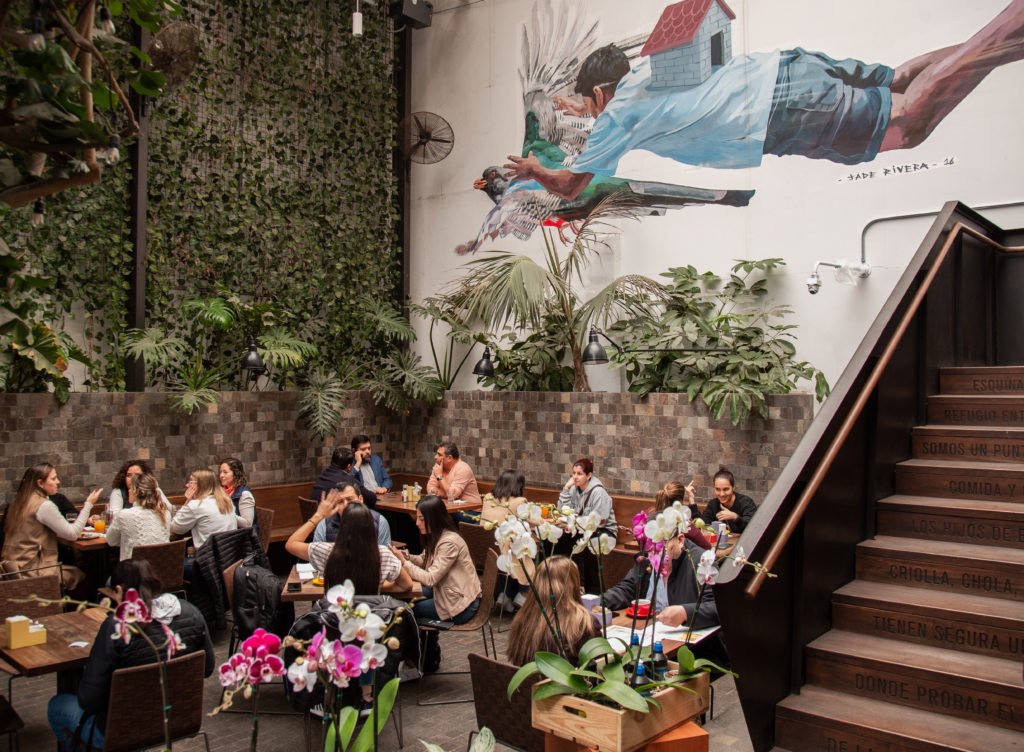


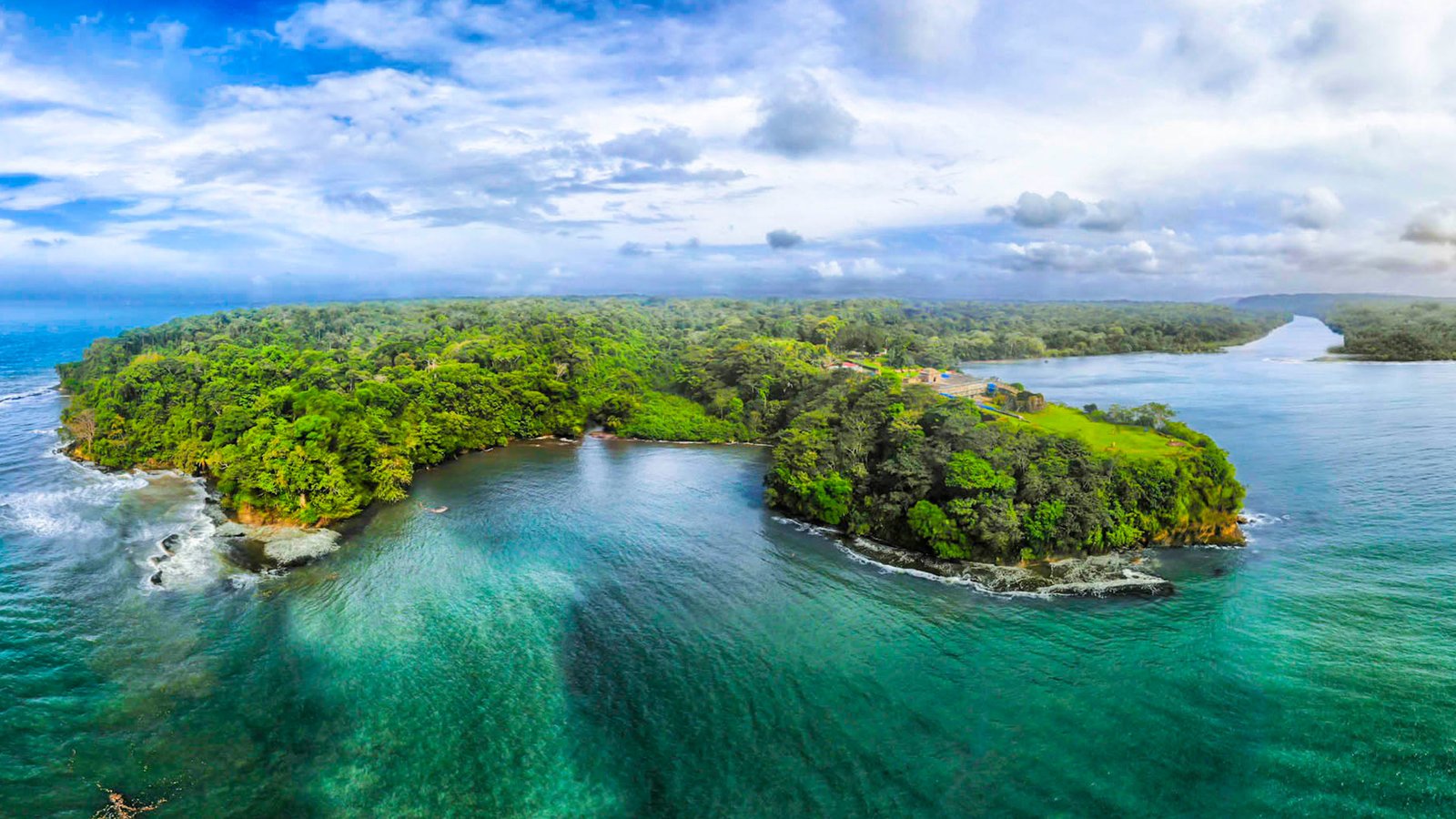
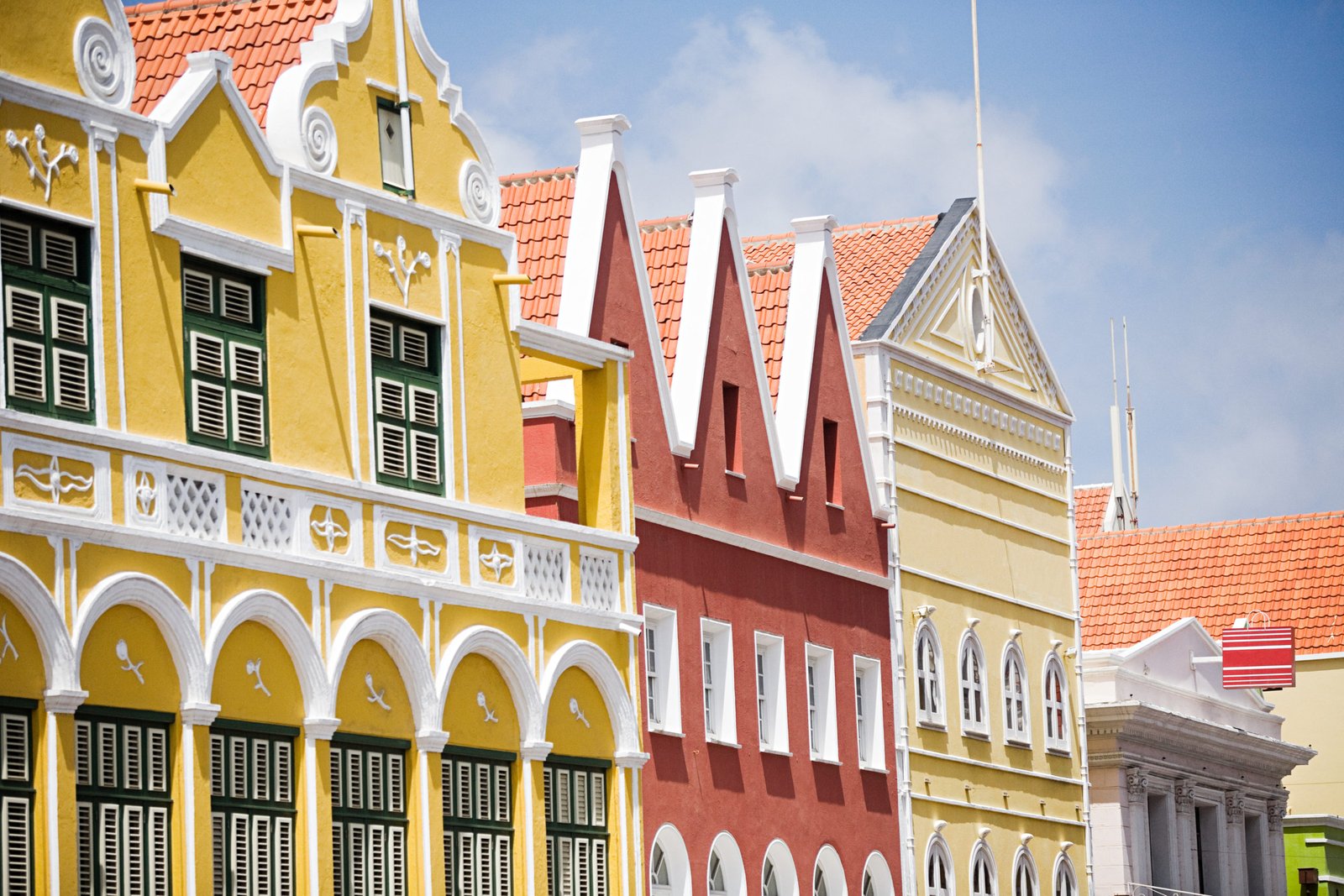
Leave a Reply